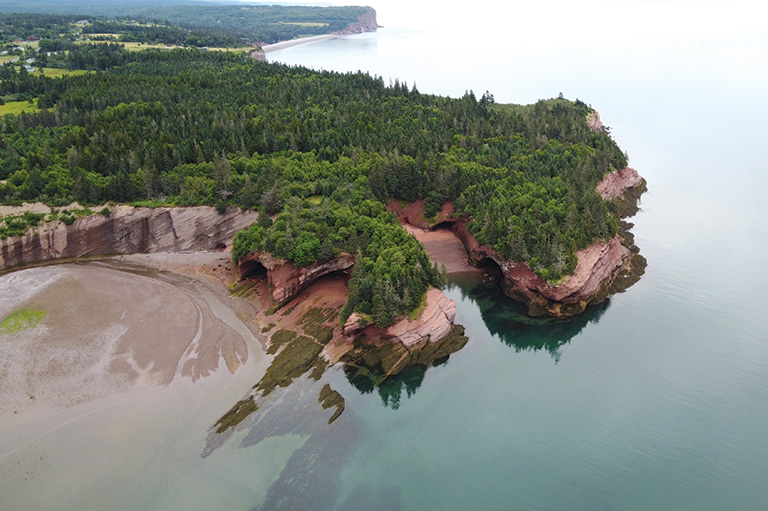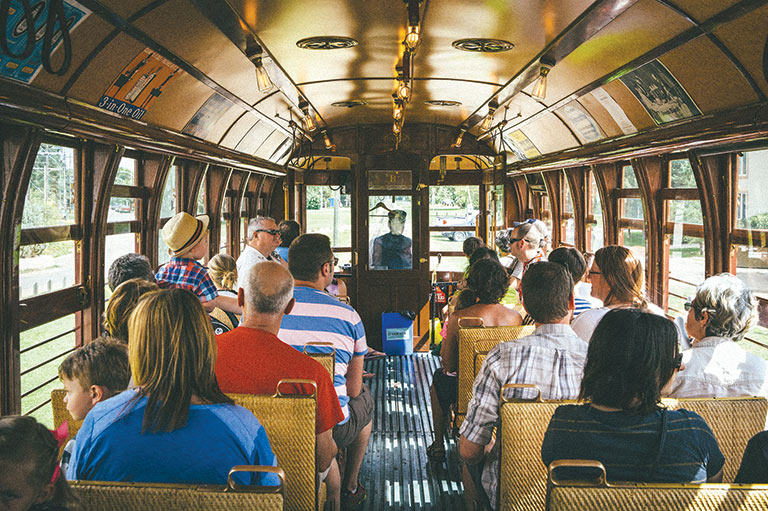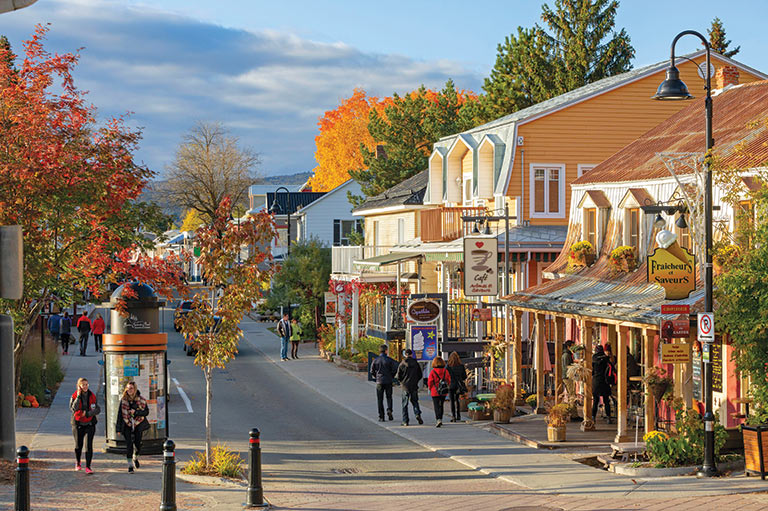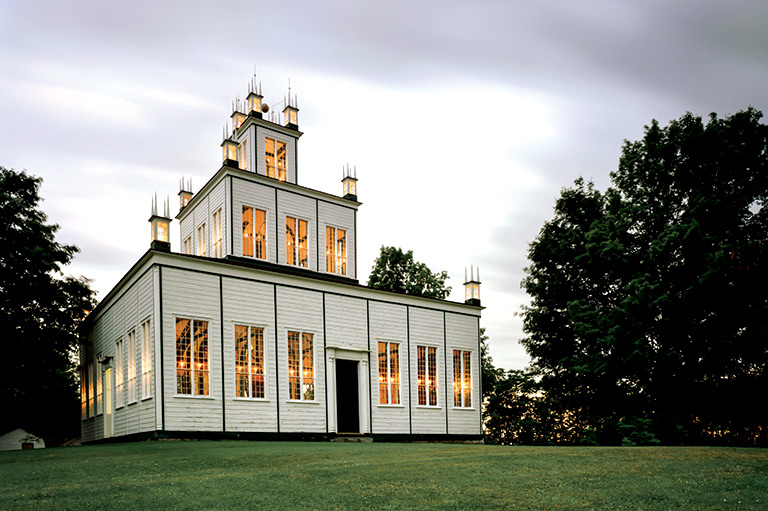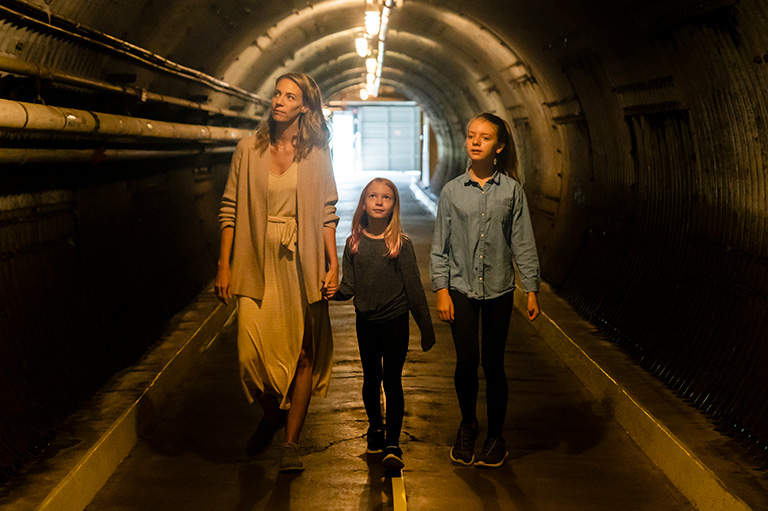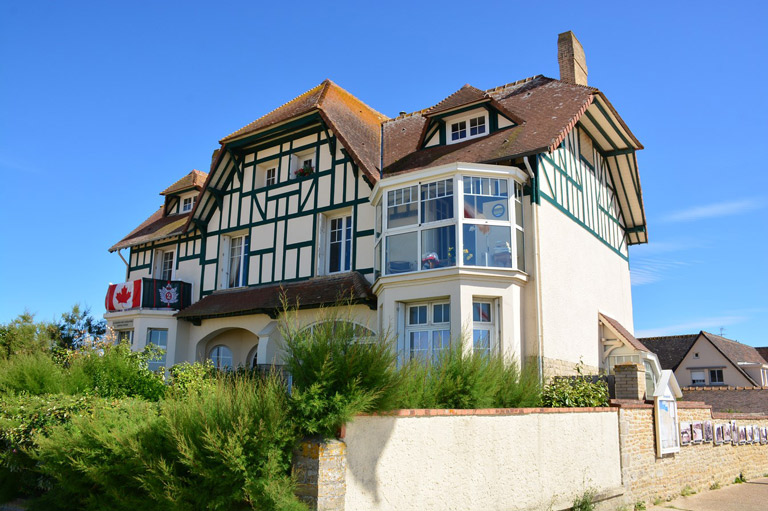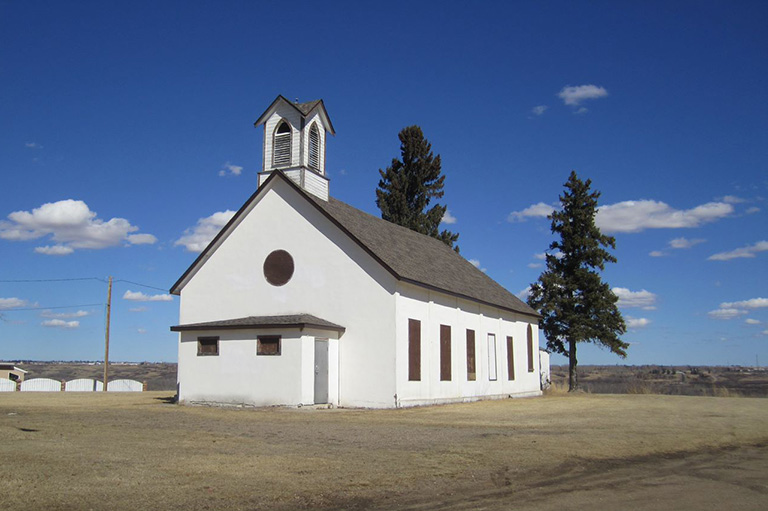Beyond the Falls
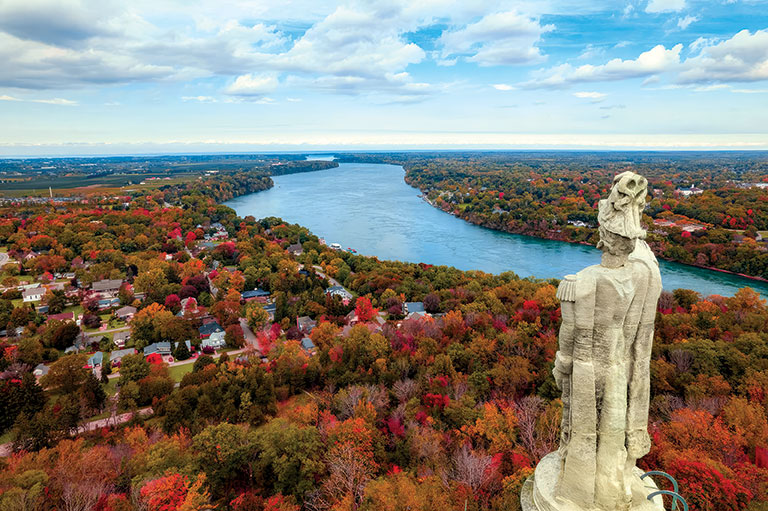
Growing up in the middle of Ontario’s Niagara Peninsula, I visited Niagara Falls many times. Whenever relatives from overseas appeared on our family’s doorstep, it was not long before we were all riding down Lundy’s Lane in my Dad’s Plymouth Valiant, rolling down Clifton Hill, riding up the Skylon Tower, and sailing on Maid of the Mist tours in bright yellow raincoats.
I was a young adult before I realized that there was a whole other side to the Niagara experience. While attending journalism school at Niagara College in nearby Welland, Ontario, in the late 1970s, I was assigned a history project to research the War of 1812. With camera and notebook in hand, I pedalled my bicycle to Queenston Heights — and I entered another world.
The village of Queenston — just ten kilometres northeast of the city of Niagara Falls — was a quiet, leafy haven of stately old homes, low stone walls, and deep woody ravines. Looming over the village is a steep hill with an enormously tall limestone tower topped with a statue of General Isaac Brock. My twenty-year-old self was stunned by the grandeur of it all.
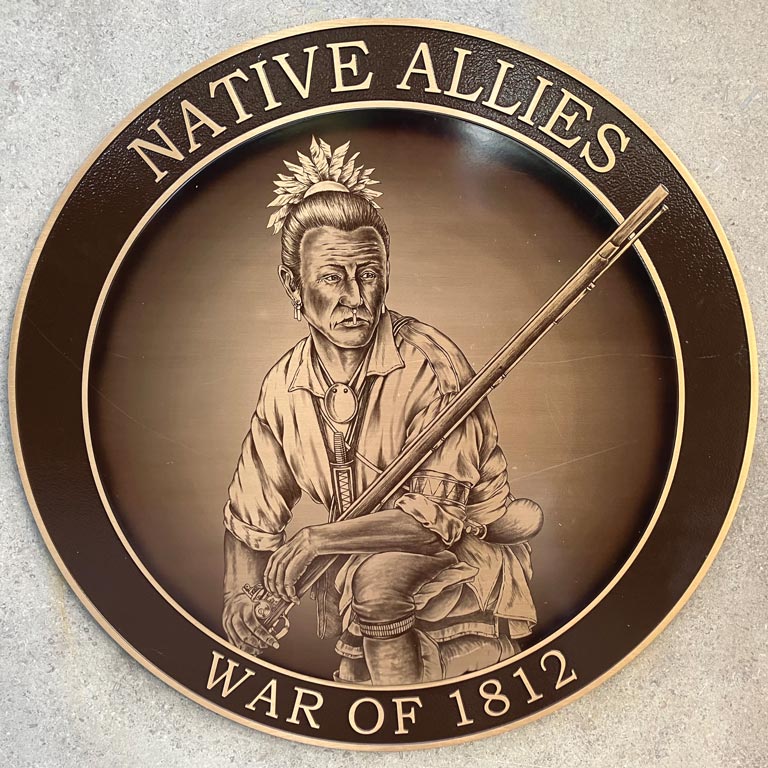
Happily, not much has changed in Queenston. On a recent trip to explore the area, my partner and I established our base at Everheart Country Manor, a charming Queenston bed and breakfast. From our spacious second-storey bedroom, all was quiet but for some unfamiliar chittering coming from nearby trees. The culprits were possums, we learned, recent invaders from south of the U.S. border. But, unlike the American armies of 1812, these marsupials are harmless and eat Lyme-disease-carrying wood ticks by the thousands. By dawn their strange chorus was overtaken by birdsong.
We mostly rose early to explore the village on foot and to work up an appetite before tucking into our host’s sumptuous breakfast. Just down the street is the Willowbank School of Restoration Arts, a sprawling hilltop mansion surrounded by acres of green space. Originally built by Alexander Hamilton in 1834–36, the Greek Revival stone structure has undergone many changes.
In its early years it was a social hub for Upper Canada’s upper crust. After changing owners a few times, it became a Catholic nuns residence, then a boys school, and by 2003 it was almost a pile of rubble. Fortunately, concerned citizens raised funds to save it, and now students come here to learn heritage-restoration skills. It’s open for guided tours in summer.
Like so many places in the area, including our B & B, Willowbank is said to house a ghost. In this case, it’s the ghost of Hannah Hamilton, Alexander’s wife, that has been seen looking out the windows.
With 7 uniquely curated newsletters to choose from, we have something for everyone.
The spirit of War of 1812 heroine Laura Secord also haunts the village. The red brick walls of now-shuttered Laura Secord Memorial School hold fond memories for locals. A few streets over, the Laura Secord Homestead sells her namesake chocolates in the gift shop. And the Laura Secord Legacy Trail — the thirty-two-kilometre route Secord walked to warn the British of the invading Americans — has been mapped and marked for ambitious hikers.
Energetic visitors can also climb the 235 steps to the top of Brock’s Monument. The view is amazing, but be warned: The climb up the steep, narrow spiral staircase is a nightmare for the claustrophobic.
Back on terra firma you’ll find a recent addition to Queenston Heights. The Landscape of Nations Memorial opened in 2016 and honours the Haudenosaunee (Six Nations) Confederacy and other Indigenous allies who participated in the War of 1812. In contrast to Brock’s imposing edifice, this memorial radiates tranquility, inviting you into the Memory Circle where visitors can reflect on symbols such as the tree of peace, the turtle of creation, and a starburst of limestone walls with likenesses of First Nations warriors. The site is also a reminder that Indigenous nations have lived along the Niagara River for at least thirteen thousand years.
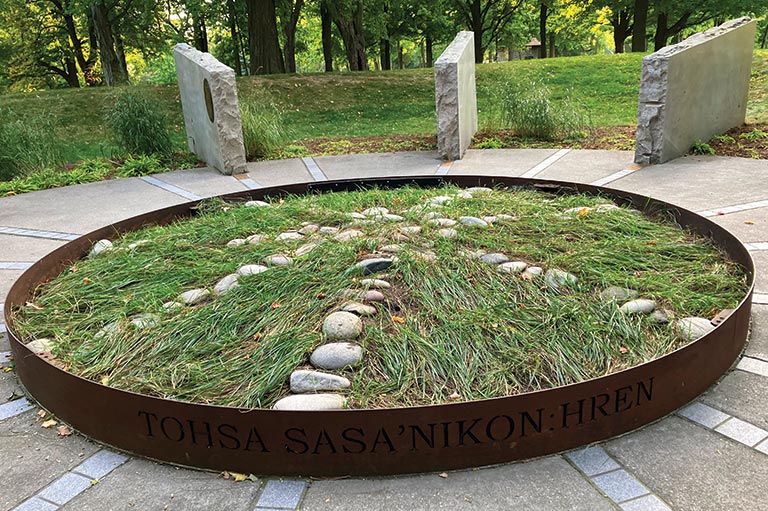
Save as much as 40% off the cover price! 4 issues per year as low as $29.95. Available in print and digital. Tariff-exempt!
From Queenston we took daily drives down the Niagara Parkway — which a visiting Sir Winston Churchill once called the “prettiest Sunday afternoon drive in the world.” Completed in 1931, the fifty-five-kilometre parkway follows the thundering course of the mighty Niagara River, beginning at Fort Erie on Lake Erie, winding past Horseshoe Falls, and then on to where the river flows into Lake Ontario at Niagara-on-the-Lake.
The parkway is loaded with historic attractions. Included among them are the two War of 1812 forts — Old Fort Erie and Fort George — at each end. Costumed interpreters tell riveting war stories and hold artillery demonstrations and re-enactments.
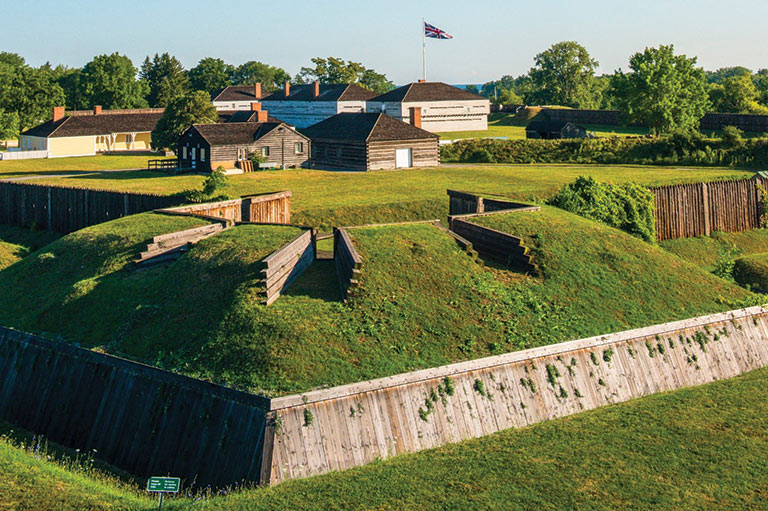
For a less-hurried experience, cycle or walk the parkway’s multi-use trails, if you can. You’ll see so much more. Niagara- on-the-Lake offers numerous bikerental options, including electric bikes.
It was while cycling that I stopped to read a historic plaque and discovered Chloe Cooley. This young Black woman’s fierce resistance to being violently bound and ferried across the river to be sold to Americans in 1793 led to the abolishment of the slave trade in Upper Canada.
The Niagara River was a key crossing point for the Underground Railroad that led tens of thousands of enslaved people to freedom throughout the nineteenth century. At the White Water Walk in Niagara Falls, you can stand at the spot where in 1856 Harriet Tubman led a group of fugitive slaves into Canada on the world’s first working railway suspension bridge.
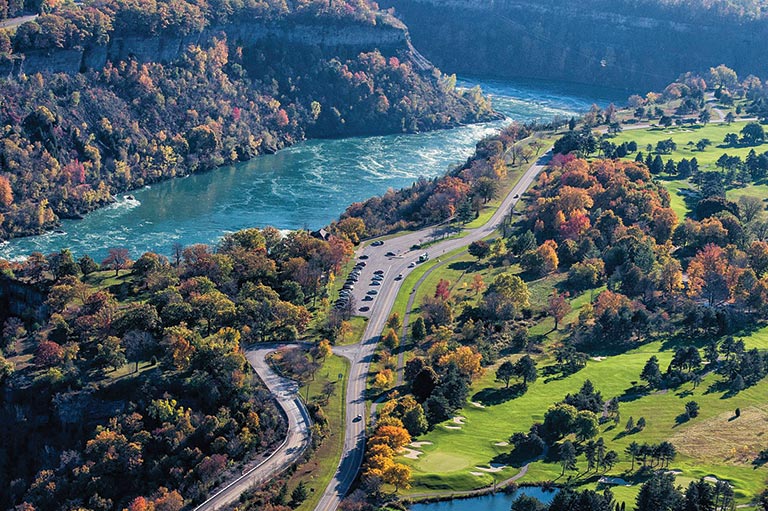
Advertisement
At the end of a day’s touring, we often took in a meal at one of the area’s many historic restaurants and pubs. Among our favourites was Niagara-on-the- Lake’s Olde Angel Inn, established in 1789. It is of course said to be haunted, in this case by a whistling ghost named Captain Colin Swayze, who reportedly opens doors and moves things around.
Haunted or not, there’s no doubt that the attractions along the Niagara Parkway help visitors get into the spirit of the area’s rich history.
IF YOU GO
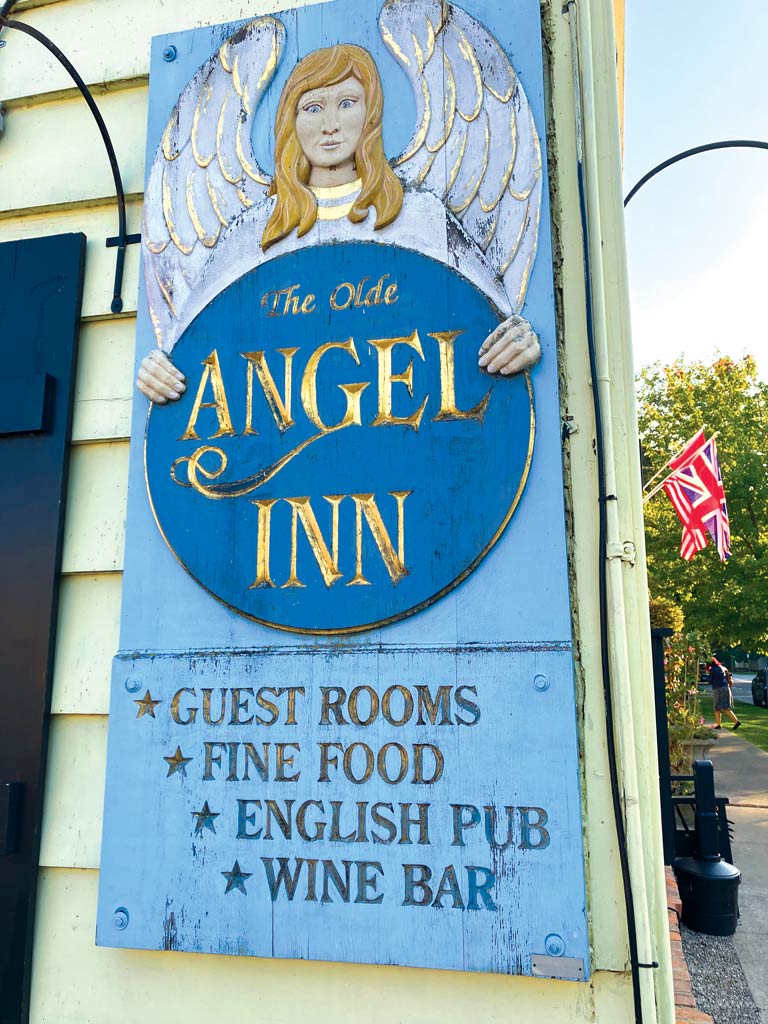
EAT AND DRINK: Niagara-on-the-Lake’s Olde Angel Inn and Irish Harp Pub have live music and are budget-friendly. For a brew-pub experience, try the beautifully restored1896 church that is now Silversmith Brewing Company in nearby Virgil, Ontario. In neighbouring St. David’s, the Old Firehall restaurant is an under-the-radar gem. If wineries are your thing, there are numerous tours, including wine tasting by bicycle and even by classic English cab.
STAY: Book early for a quiet stay at a heritage inn. In the village of Queenston, Everheart Country Manor has wonderful hosts, gourmet breakfasts, beautiful gardens, a wide wraparound porch, and an indoor pool. Other good bets are the Red Coat Bed and Breakfast and the South Landing Inn.
EXPLORE: Rent bicycles in Niagara-on-the-Lake and cycle along the Niagara River for awe-inspiring views. Sample fruit and vegetables from stands along the way. Take in theatre at the renowned Shaw Festival in Niagara-on-the-Lake. And see five hundred years of printing technology at the Mackenzie Printery and Newspaper Museum in Queenston.
We hope you’ll help us continue to share fascinating stories about Canada’s past by making a donation to Canada’s History Society today.
We highlight our nation’s diverse past by telling stories that illuminate the people, places, and events that unite us as Canadians, and by making those stories accessible to everyone through our free online content.
We are a registered charity that depends on contributions from readers like you to share inspiring and informative stories with students and citizens of all ages — award-winning stories written by Canada’s top historians, authors, journalists, and history enthusiasts.
Any amount helps, or better yet, start a monthly donation today. Your support makes all the difference. Thank you!
Themes associated with this article
Advertisement

